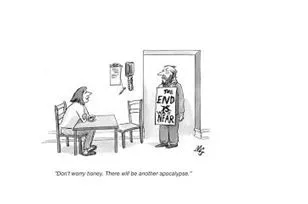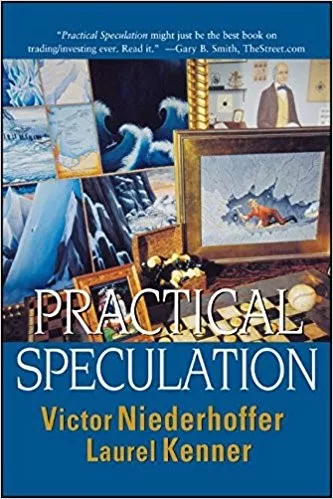“Thinking, fast and slowly” is a captivating read authored by Nobel Prize winner for Economic Science, Daniel Kahneman. A psychologist by profession he is renowned across disciplines for his work with long time academic partner Amos Tversky. Mutual doubts the two shared on Expected utility theory led to their research on Prospect Theory, the loss aversive consumer and Endowment effect.
Kahneman introduces us to the partition of the mind of the consumer as System 1 and System 2. He posits that System 1 is responsible for all actions that we perform without much contemplation and is usually good. It adapts a belief of “what you see is all there is” (WYSIATI). But system 1 has got systematic errors, it does not have any statistical understanding and works on “intuition”. Intuition is developed based on a consumer’s beliefs, heuristics and cognitive functions.
According the Kahneman System 1 makes the correct decision in most situations but is also the major source of errors made in decision making. He says, “the confidence people have in their intuition is not a reliable guide to its validity.” It is possible to acquire the skill to effectively use intuition, but this is dependent on the domain. Given that it is a predictable environment with sufficiently regular events and the opportunity to learn regularities through practice.
In environments where this is not possible Kahneman shows us how decision makers can fall prey to several effects (Halo, framing, substitution and anchoring), cognitive illusions (validity, skill and focus) and bias (confirmation, outcome and hindsight).
Solutions posed for systemic problems are instituting checklists, exercising reference-class forecasting and conducting a Pre-Mortem. We also see how simple algorithms designed that consider the factors involved in these decisions can significantly improve consumer choice as algorithms are not affected by such effects, illusions of hindsight or bias.
The book also brings to focus two types of agents; The fictitious economists dealing with theory and humans dealing with the real world. The latter does not have great logical and statistical understanding and hence requires assistance to make the right decision. Independent consumers tend to make uninformed decisions such as investing in a company that produces ones favourite cars or in the news. On the other side Institutional investors do not flock to stocks merely because they are popular but from performing complex financial analysis and refer to their valid body of knowledge and experience.
Kahneman warns that skill in stock analysis is not enough for trading, it also depends on whether the information about the stock has already been reflected in the stock price. Hence an understanding of the Microeconomic, Macroeconomic, industry specific factors and the lags that exist are vital. Optimism proves to be a problem for decision makers causing optimistic bias which results in planning fallacy. Planning fallacy describes plans that are unrealistically close to the best-case scenario and can be improved by consulting test statistics. Decision makers must be able to focus on the encouraging factors without losing track of reality.
The books final contribution is the segregation of the experiencing self from the remembering self. Kahneman notices the peak end rule and duration neglect while analysing the two selves. These factors and the contradiction between the experiencing and remembering self creates a bias that makes decision makers to favour short term high degree of happiness over long term moderate happiness. They prefer short periods but high tolerable pain to long one with moderate pain. This is a unique contradiction which Kahneman calls for future research to be conducted upon.
“Thinking, fast and slow” is a recommended read for investors and other decision makers who wish to streamline their thought process in order to overcome several inherent biases and make rational choices.



